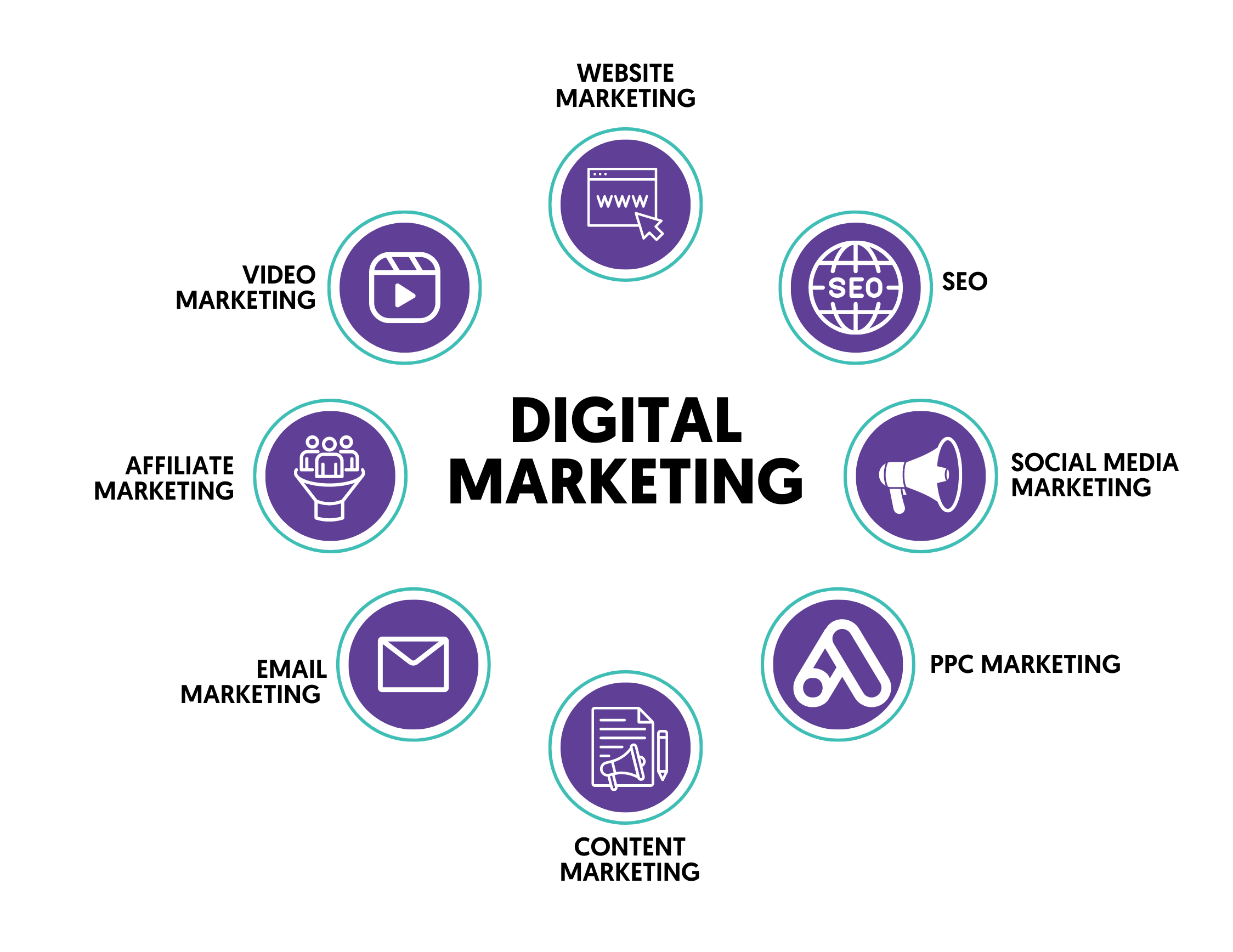Drive Growth with Digital Marketing Carlsbad: Your Course to Online Dominance
Wiki Article
Enhance User Experience and Drive Web Traffic With Receptive Website Design
In today's electronic landscape, where users are accessing web sites from a plethora of devices, receptive website design has actually come to be more important than ever. With its ability to adapt and effortlessly change to different screen sizes, responsive design not only enhances individual experience however additionally drives website traffic to your website. Why is this style method so vital? Exactly how does it enhance individual interaction and boost site traffic? In this discussion, we will certainly discover the crucial elements of efficient responsive design, explore the finest techniques for its implementation, and reveal the secrets to improving user experience while driving more traffic to your internet site.Why Responsive Internet Design Issues
Responsive website design is a crucial aspect of modern internet advancement due to its capacity to guarantee optimum customer experience throughout various devices and screen sizes. With the expansion of smart devices, tablet computers, and various other smart phones, it has come to be critical for web sites to adapt and offer seamless functionality despite the device being used.The primary reason that responsive web layout matters is that it allows users to have a pleasurable and regular searching experience, no matter the tool they are utilizing. A responsive website immediately readjusts its design, layout, and content aspects to fit the display dimension and resolution of the tool, guaranteeing that customers can conveniently navigate and communicate with the site without any type of inconvenience or disappointment.
Additionally, receptive web design likewise plays a significant function in seo (SEARCH ENGINE OPTIMIZATION) Search engines, such as Google, focus on sites that are mobile-friendly and receptive in their search results page. By including receptive layout concepts, internet sites can boost their presence and position, causing raised natural web traffic and prospective customers.

Boosting User Engagement Through Responsive Style
Enhancing user engagement is an essential objective of receptive design, as it ensures that individuals can quickly access and interact with site content on any kind of gadget. With the boosting usage of smart devices and tablets, it is vital for websites to adapt to various display sizes and resolutions. Receptive layout allows web sites to instantly change their layout and web content to give a smooth individual experience across gadgets.One of the primary means responsive layout boosts user engagement is by lowering load times. With a receptive website, users do not have to await different mobile variations to tons, leading to quicker accessibility to material. This enhanced speed brings about higher user satisfaction and encourages them to invest even more time on the website.
Additionally, receptive style boosts customer interaction by boosting navigating and customer interface (digital marketing Carlsbad). When a website is made responsively, switches and food selections are optimized for touch interactions, making it easier for users to navigate and engage with the website on their mobile devices. This user-friendly and user-friendly experience keeps individuals involved and encourages them to explore more of the website
Moreover, receptive style enables much better material visibility and readability. By adjusting the layout and font sizes to various tools, receptive sites guarantee that customers can easily read and understand the material. This improves user interaction by reducing the demand for zooming or scrolling to check out the text.
Raising Site Web Traffic With Responsive Web Layout
With the expanding appeal of mobile gadgets, having a site that is responsive to various screen dimensions and resolutions is vital for driving increased website traffic. In find more today's electronic landscape, users are accessing internet sites from a variety of gadgets such as mobile phones, tablets, and home computer. Each of these gadgets has various screen dimensions and resolutions, and if your site is not developed to adapt to these variations, it can lead to a bad customer experience and a loss of possible traffic.
Responsive web design makes certain that your website looks and operates ideally throughout all gadgets. By utilizing adaptable grids, liquid pictures, and media queries, responsive layout enables your site to automatically adjust its content, navigation, and layout to fit any display size. This implies that customers will have a seamless surfing experience regardless of whether they are making use of a little mobile phone or a huge desktop computer computer.
Crucial Element of Efficient Receptive Layout
Reliable responsive style includes numerous key elements that make certain a seamless customer experience throughout different tools. This enables web content to be shown in a readable and visually attractive manner on any kind of tool.Another essential element is media inquiries. These permit designers to apply different styles and designs based on the features of the user's gadget, such as screen size and positioning. By making use of media questions, developers can enhance the discussion of content for each device, making sure that it is understandable and conveniently obtainable.
Responsive photos are additionally essential in efficient responsive design. Pictures that are too big can reduce page tons times on smart phones, while photos that are also tiny might appear pixelated on larger screens. By utilizing methods such as responsive image resizing and careless loading, developers can make certain that photos are properly sized and enhanced for each and every gadget.
Finally, effective responsive layout includes a mobile-first strategy. This indicates prioritizing and designing web content for smart phones first, and afterwards improving the design and expanding for larger screens. This approach ensures that one of the most essential content is conveniently available on smaller sized displays, while still offering an abundant experience on larger devices.
Finest Practices for Implementing Receptive Website Design
Executing receptive website design needs careful factor to consider of different ideal methods to guarantee an optimum user experience throughout various gadgets. When applying responsive internet layout., here are some crucial finest methods to adhere to.First of all, it is essential to prioritize mobile individuals. With the increasing dominance of mobile tools, designing for mobile-first moved here has come to be important. Beginning deliberately for smaller displays and then considerably enhance the design for bigger displays.

An additional essential best method is to optimize photos for different screen resolutions. Large photos can reduce down the loading time of your internet site, particularly on mobile devices with slower links. Usage receptive images that can be resized based upon the device's display resolution to improve efficiency.
In addition, test your internet site on different gadgets and display sizes to make certain a constant and smooth experience. There my company are different screening tools offered that can help you determine any concerns and make essential modifications.
Last but not least, prioritize use and availability. Ensure that your site is very easy to browse, with concise and clear material. Make certain that your website is available to individuals with disabilities and complies with availability guidelines.
Final Thought
In verdict, responsive internet layout plays a critical function in enhancing user experience and driving website traffic to web sites. By embracing responsive layout principles, internet sites can make sure optimal checking out experiences across different devices, leading to raised user involvement.Optimizing individual engagement is a crucial goal of receptive style, as it ensures that individuals can conveniently gain access to and connect with site material on any device. Receptive design allows websites to automatically change their format and web content to offer a seamless customer experience across gadgets.
In addition, receptive design improves individual interaction by improving navigation and individual interface.Receptive photos are additionally important in efficient receptive design. By adopting responsive design principles, web sites can ensure optimal viewing experiences throughout different gadgets, leading to enhanced user engagement.
Report this wiki page